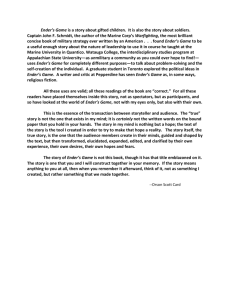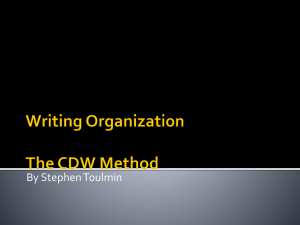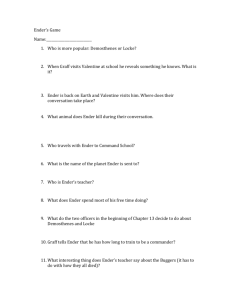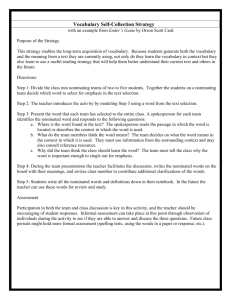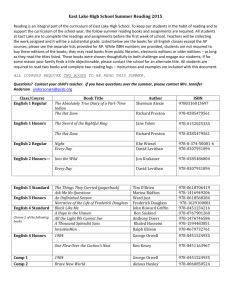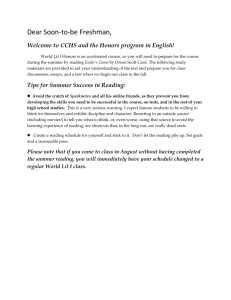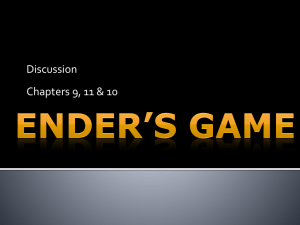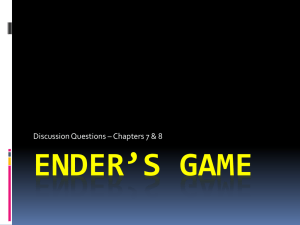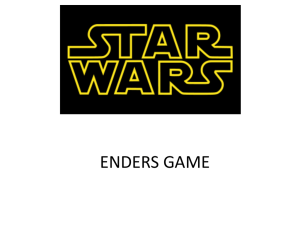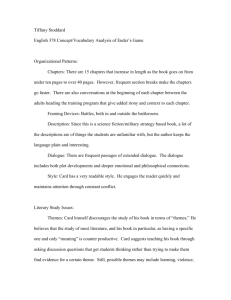Point of view - Uplift Education
advertisement
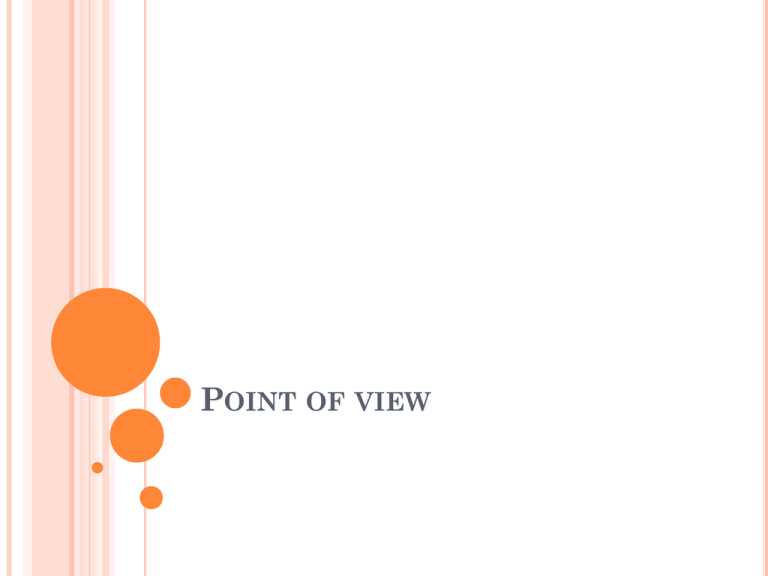
POINT OF VIEW DO NOW Using your character autopsy, write an APP about one of Ender’s character foils. DON’T FORGET You may use your notes from yesterday. Write it on a separate piece of notebook paper. Don’t forget page number! AGENDA Obj: SWBAT describe the four aspects of Point of View. Do Now: Analytical Process Paragraph about Ender’s Character Foil Review: APP Vocabulary/Grammar: Review of Vocabulary Hook: Right Writing! INM: The Four Aspects of Point of View GP: Practice with “Ender’s Game”. IP: Self Check of Skills with “Ender’s Game” Homework: Online Discussion, Two vocabulary cards, READING CLUB Assignments will be passed out. Bring it back signed! Suggested reads are listed on the letter. Feel free to start reading “The Jungle” or “Speaker for the Dead” or another novel we will read in class this year. You DON’T have to wait! Feel free to bring your own favorite novel to read! Pillows and snacks are also welcome! POINT OF VIEW The lens through which a narrator tells a story. POV includes four aspects: orientation, person, perspective, and access. Narrative choices can affect or support the development of plot or theme in a work of fiction. ORIENTATION The orientation of a text’s narration can be “author oriented” or “character oriented;” “author-oriented” refers to the narration by the presumed author of the story. (Ender’s Game) “character oriented” refers to narration by a character within a story. (Huck Finn) PERSON The person of a narrator refers to whether the narration is first-person (I went, we went); second-person (you went); or third-person (he/she went, they went) Rarely is a novel in 2nd person. CHECK! What is point of view? What is person? What is orientation? PERSPECTIVE The perspective of a narrator can be single, meaning only one character’s actions are narrated or followed throughout; limited omniscient/multiple, meaning many characters’ actions are followed; and omniscient. “Ender’s Game” is limited omniscient. “Huckleberry Finn” is single. The Bible is omniscient. ACCESS The access of a narrator refers to how much of the characters’ inner thoughts the narrator knows; “Objective” means that the narrator knows no inner thoughts and feelings; “Subjective” meaning that the narrator has access to thoughts and feelings. Objective: Antony telling a story about Ashley Subjective: God CHECK! What is perspective? What are the different aspects of perspective? What is access? What are the different aspects of access? THE AP QUESTION… Why do you think Card uses different points of view throughout the novel? PRACTICE Using the first page of chapter 1 of “Ender’s Game“ determine the person, access, orientation, and perspective of the text. THEN Using page 25, determine the person, access, orientation, and perspective of the text. INDEPENDENT PRACTICE On your own, determine the four aspects of point of view for page 89 in Ender’s Game. CLOSING/HOMEWORK: Two Vocabulary Cards An APP over one of Ender’s conflicts in Ender’s Game using your character autopsy.
